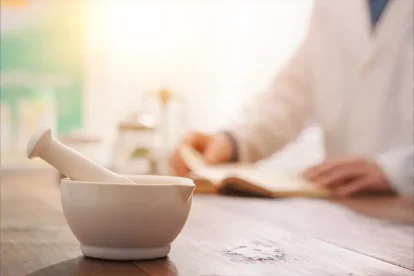
Polysubstance Abuse and Treatment for Multiple Addictions
At Alta Mira, many clients come to us struggling with polysubstance abuse and multiple addictions in addition to co-occurring mental health issues. Treatment for more than one addiction requires a personalized approach that accounts for the full spectrum of dependency. Our intensive, integrated world-class addiction treatment program helps relieve your suffering and remove the obstacles created by addiction and mental health to help you reclaim your life.
Dependence on a substance happens when a person’s mind and body gets used to needing a substance to function normally. When the person stops using the drug, withdrawal symptoms can present themselves until the body readjusts to functioning without the use of the substance. Dependence happens because of ongoing substance use or using high amounts of an addictive substance.
Many people have dependence on a specific substance, such as alcohol or cocaine.
Alternatively, there are people who are dependent on substance use rather than on any substance(s) in particular. This is known as polysubstance dependence. While technically, polysubstance dependence refers to being dependent on multiple substances without having a preferred substance, most users have a preferred substance of abuse that they combine with other substances to enhance the primary substance’s effects. This is also known as having multiple addictions.
Addictions That Often Co-Exist
Although there is an infinite number of possible drug use combinations, there are a number of commonly occurring specific substance combinations that we frequently diagnose and treat at Alta Mira, including:
Polysubstance Abuse Treatment
The most effective substance use disorder treatment is tailored to the individual. Therapies, such as cognitive behavioral therapy (CBT) and group therapy, are likely to help, as can medication-assisted treatment (MAT) that combines therapy with medication. A person with a dependence on multiple substances will benefit from a residential treatment program, which provides more intensive treatment that includes individual therapy, group therapy, family therapy, medication, and other forms of support all under one roof. The person has the opportunity to get away from substances and triggers while focusing on treatment and recovery.
Polysubstance dependence is now included within the diagnosis of substance use disorder. Rather than being dependent on specific substances, the person is dependent on a group of substances without favoring any specific ones. A quality treatment program can identify this problem and provide a customized treatment plan that targets the full range of the dependency.
The Polysubstance Dependence Diagnosis
To help understand polysubstance dependence treatment, it’s useful to understand the criteria for diagnosis.
Mental health and addiction professionals use the Diagnostic and Statistical Manual of Mental Disorders (DSM) as a tool to help them make diagnoses and provide effective treatment. In the previous version, the DSM-4, polysubstance dependence was listed as its own diagnosis. It was used for people who fit diagnostic criteria for multiple substances without meeting the criteria for any one substance alone. An individual wouldn’t rely on a specific drug but would interchange drugs.
To be diagnosed with polysubstance dependence, an individual would need to use and meet dependence criteria for three or more substance classes randomly within a period of a year. He or she would not prefer a specific drug or meet a diagnosis of dependence on one drug or specific drugs. Also, the individual would need to meet three or more of these criteria:
- Tolerance to the effects of the substances
- Withdrawal symptoms when stopping substance use
- A significant amount of time devoted to using substances and substance-related activities, such as obtaining a drug
- Time taken away from previous activities, such as hobbies and spending time with loved ones, to put toward substance use
- A loss of control over the amount of substances used or the frequency of use
- An inability to cut back or stop substance use despite trying or a desire to stop
- A continuation of drug use despite harm caused or worsened by the substance use
Get Help for Drug Addiction
Alta Mira is a Safe Place to Get Your Life on Track
Polysubstance Dependence and Substance Use Disorder
The polysubstance dependence diagnosis was included in the DSM-4 but removed as its own disorder from the current DSM version, the DSM-5. The removal does not mean the problem no longer exists but that it was encompassed by the new diagnosis of substance use disorder. The criteria for substance use disorders in the DSM-5 made polysubstance dependence unnecessary as its own diagnosis.
Also, the previous diagnosis was often misunderstood and ineffective. Professionals tended to use it when a person was dependent on more than one specific substance, which should have been considered co-occurring dependence diagnoses. For instance, an individual could have co-occurring cocaine dependence and alcohol dependence. This is not the same as polysubstance dependence, which is dependence on a group of substances that the person uses indiscriminately.
Currently, the proper diagnosis is substance use disorder, which includes a spectrum of dependence, abuse, and addiction. The diagnosis tends to be broken down by the type of substance a person uses; for example, an individual could have alcohol use disorder or opioid use disorder, or both. In the case of polysubstance dependence, the diagnosis would stay under the broader substance use disorder term.






